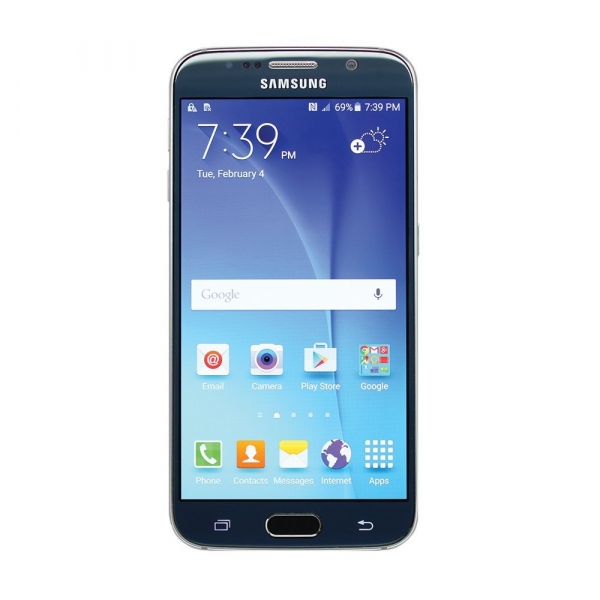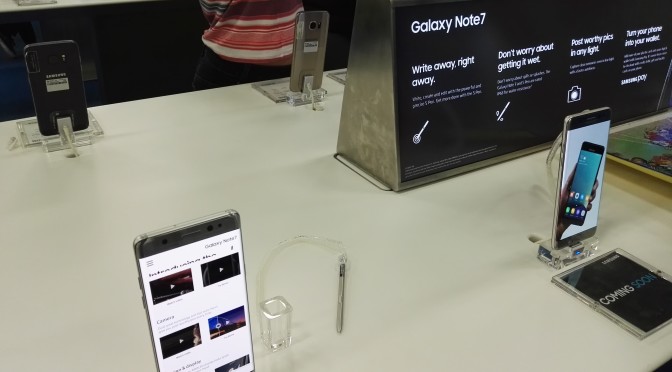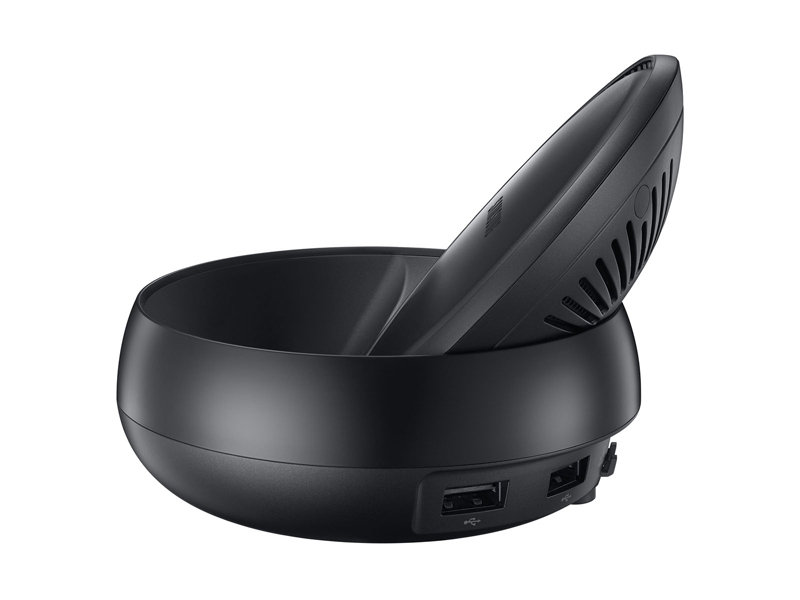The first Samsung phone to adopt the USB Type-C interface was the ill-fated Samsung Galaxy Note7, but fortunately that fiasco did not deter Samsung's commitment to the new USB Type-C interface and all its possibilities. Not only does the recently announced Samsung Galaxy S8 support USB Type-C, it also supports DisplayPort 1.2 Alternate Mode which is enabled through USB Power Delivery negotiation.
In past flagship models from the Samsung Galaxy S II to the Samsung Galaxy S5, Samsung used MHL technology to delivery HD video over the USB micro-B connector. After taking a long hiatus from offering any video over USB with the Samsung Galaxy S6 and Samsung Galaxy S7, video over USB is back with DisplayPort over USB Type-C replacing MHL. The Samsung Galaxy S8 is now able to support 4K@60hz resolutions which you can connect directly to other DisplayPort over USB Type-C displays or to HDMI TV and monitors using a DisplayPort to HDMI adapter.
In order to support DisplayPort over USB Type-C, the Samsung Galaxy S8 uses USB Power Delivery technology but Samsung hasn't made it clear if they are using USB Power Delivery or some other technology to enable fast charging. However, Samsung is promoting the wireless charging supporting both the AirFuel and Qi technologies. Perhaps given the sensitivity of the battery charging topic, Samsung decided to not heavily promote or give any more details on the wired and wireless fast charging schemes.
However, Samsung's DeX Station docking solution does state it uses Samsung's Adaptive Fast Charging (AFC) technology to quickly charge the Samsung Galaxy S8 over USB Type-C. In addition to charging, the DeX Station also provides two USB 2.0, one Ethernet, and one HDMI port to the Samsung Galaxy S8.
In a way, the Samsung Galaxy S8 is an aggressive effort by Samsung to regain market share by showing it can continue to compete with other other major global tech giants with Bixby (vs Google Assistant, Apple's Siri, Amazon Alexa, and Microsoft Cortana, Samsung Pay (vs Apple Pay, Android Pay), Samsung Connect (vs Google Home, Apple's HomeKit, Amazon Alexa), Samsung Health (vs Apple Health), and Samsung's Gear VR and 360 (vs Google Cardboard and Daydream View). As Samsung continues to get pressure from Chinese mobile phone giants like Huawei, Oppo, and Vivo, these ecosystem strategies will continue to be key to stay competitive.
 GTrusted
GTrusted

























